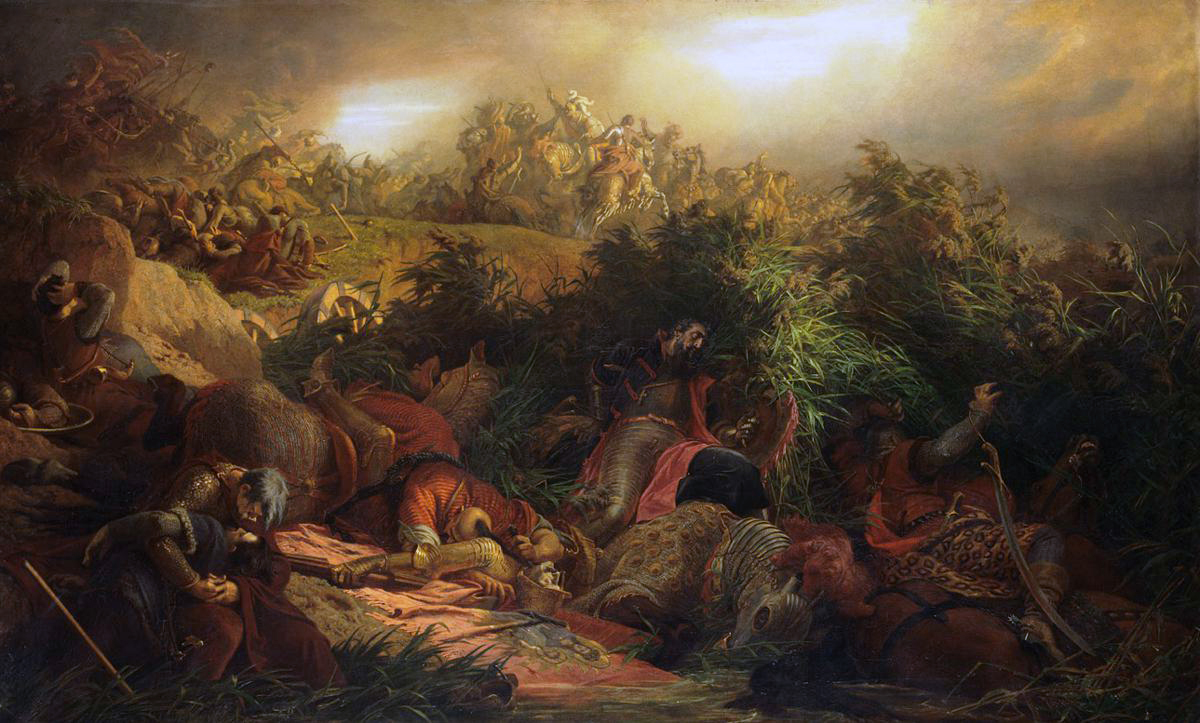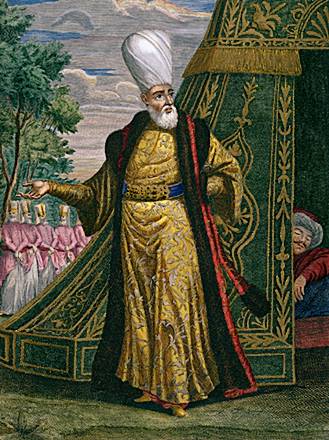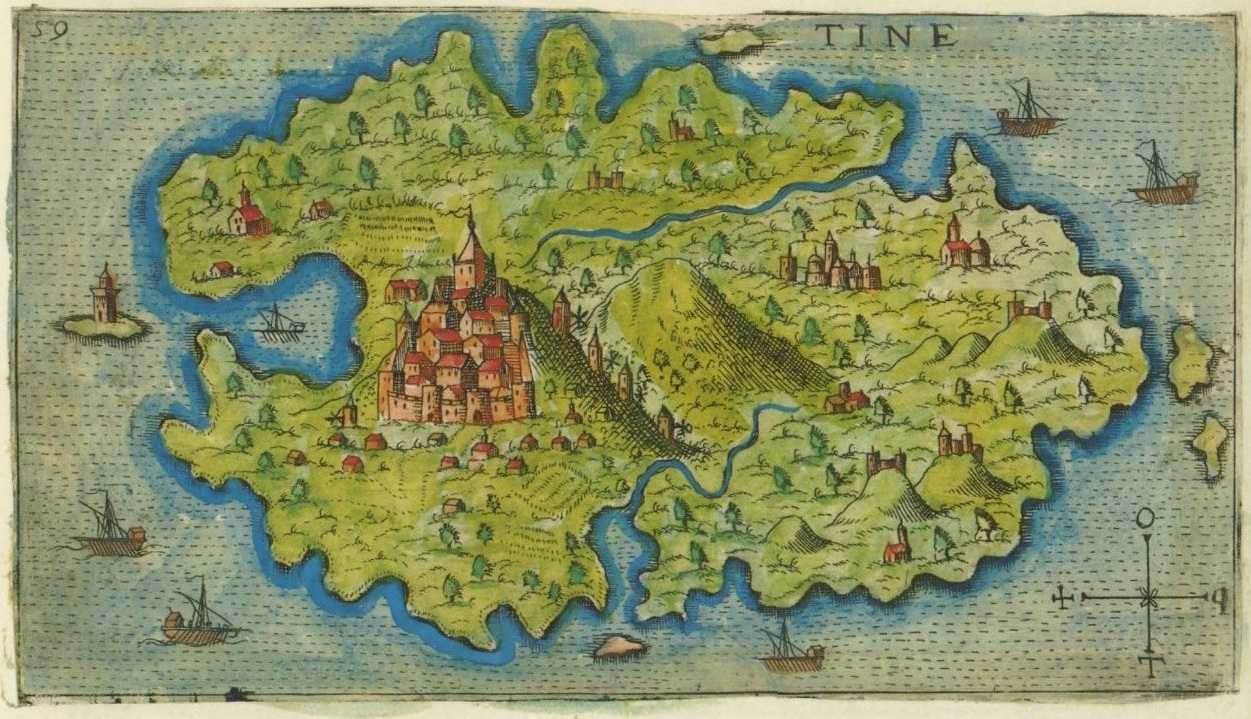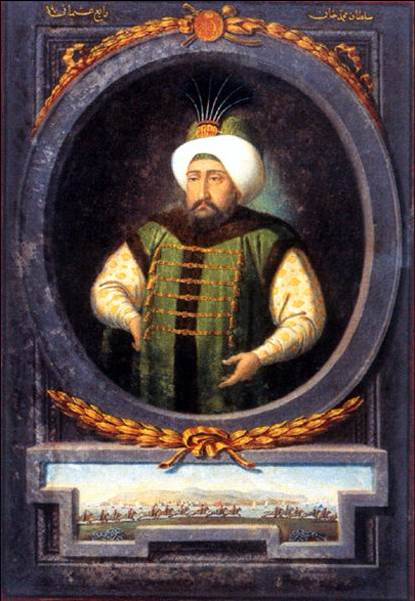|
Saliha Dilaşub Sultan
Saliha Dilaşub Sultan (, "''the devout one''" and "''queen bee's heart''"; - 4 December 1689), also known as Aşub Sultan or Aşube Sultan, was a consort of Ottoman Sultan Ibrahim and Valide Sultan to their son Suleiman II. Origin Saliha Dilaşub Sultan was of unknown origins. She came to the Ottoman Imperial Harem by the Ottoman slave trade. Consort She became the first concubine of Ibrahim after his rise at the throne and on 15 April 1642, gave birth to her only certain son, Şehzade Suleiman (the future Suleiman II) and she became the second Haseki after Turhan Sultan, mother of Mehmed, Ibrahim's first son. During Ibrahim's reign her stipend consisted of 1,300 aspers a day. He also gifted the incomes of Bolu Sanjak to her. She was described as a simple-hearted woman of lively and cheerful character. After the death of Ibrahim After the deposition and death of Sultan Ibrahim in 1648, his eldest son, Mehmed IV, born by Turhan Sultan and only three months older than Sul ... [...More Info...] [...Related Items...] OR: [Wikipedia] [Google] [Baidu] |
Süleymaniye Mosque
The Süleymaniye Mosque (, ) is an Ottoman imperial mosque located on the Seven hills of Istanbul, Third Hill of Istanbul, Turkey. The mosque was commissioned by Suleiman the Magnificent () and designed by the imperial architect Mimar Sinan. An inscription specifies the foundation date as 1550 and the inauguration date as 1557, although work on the complex probably continued for a few years after this. The Süleymaniye Mosque is one of the best-known sights of Istanbul and from its location on the Third Hill it commands an extensive view of the city around the Golden Horn. It is considered a masterpiece of Ottoman architecture and one of Mimar Sinan's greatest works. It is the largest Ottoman Empire, Ottoman-era mosque in the city. Like other Ottoman imperial foundations, the mosque is part of a larger ''külliye'' (religious and charitable complex) which included madrasas, a Imaret, public kitchen, and a Bimaristan, hospital, among others. Behind the ''qibla'' wall of the mo ... [...More Info...] [...Related Items...] OR: [Wikipedia] [Google] [Baidu] |
Ottoman Imperial Harem
The Imperial Harem () of the Ottoman Empire was the Ottoman sultan's harem – composed of the concubines, wives, servants (both female slaves and eunuchs), female relatives and the sultan's concubines – occupying a secluded portion (seraglio) of the Ottoman imperial household. This institution played an important social function within the Ottoman court, and wielded considerable political authority in Ottoman affairs, especially during the long period known as the Sultanate of Women (approximately 1534 to 1683). Historians claim that the sultan was frequently lobbied by harem members of different ethnic or religious backgrounds to influence the geography of the Ottoman wars of conquest. The utmost authority in the imperial harem, the valide sultan, ruled over the other women in the household. The consorts of the sultan were normally of slave origin, including the valide sultan. The Kizlar Agha (, also known as the "Chief Black Eunuch" because of the Nilotic origin of ... [...More Info...] [...Related Items...] OR: [Wikipedia] [Google] [Baidu] |
Turkey
Turkey, officially the Republic of Türkiye, is a country mainly located in Anatolia in West Asia, with a relatively small part called East Thrace in Southeast Europe. It borders the Black Sea to the north; Georgia (country), Georgia, Armenia, Azerbaijan, and Iran to the east; Iraq, Syria, and the Mediterranean Sea to the south; and the Aegean Sea, Greece, and Bulgaria to the west. Turkey is home to over 85 million people; most are ethnic Turkish people, Turks, while ethnic Kurds in Turkey, Kurds are the Minorities in Turkey, largest ethnic minority. Officially Secularism in Turkey, a secular state, Turkey has Islam in Turkey, a Muslim-majority population. Ankara is Turkey's capital and second-largest city. Istanbul is its largest city and economic center. Other major cities include İzmir, Bursa, and Antalya. First inhabited by modern humans during the Late Paleolithic, present-day Turkey was home to List of ancient peoples of Anatolia, various ancient peoples. The Hattians ... [...More Info...] [...Related Items...] OR: [Wikipedia] [Google] [Baidu] |
Topkapı Palace
The Topkapı Palace (; ), or the Seraglio, is a large museum and library in the east of the Fatih List of districts of Istanbul, district of Istanbul in Turkey. From the 1460s to the completion of Dolmabahçe Palace in 1856, it served as the administrative center of the Ottoman Empire, and was the main residence of its sultans. Construction, ordered by the Sultan Mehmed the Conqueror, began in 1459, six years after the Fall of Constantinople, conquest of Constantinople. Topkapı was originally called the "New Palace" ( or ) to distinguish it from the Eski Saray, Old Palace ( or ) in Beyazıt Square. It was given the name , meaning Cannon Gate, in the 19th century. The complex expanded over the centuries, with major renovations after the 1509 Constantinople earthquake, 1509 earthquake and the 1665 fire. The palace complex consists of four main courtyards and many smaller buildings. Female members of the Sultan's family lived in the harem, and leading state officials, including th ... [...More Info...] [...Related Items...] OR: [Wikipedia] [Google] [Baidu] |
Suleiman The Magnificent
Suleiman I (; , ; 6 November 14946 September 1566), commonly known as Suleiman the Magnificent in the Western world and as Suleiman the Lawgiver () in his own realm, was the List of sultans of the Ottoman Empire, Ottoman sultan between 1520 and his death in 1566. Under his administration, the Ottoman Empire ruled over at least 25 million people. After succeeding his father Selim I on 30 September 1520, Suleiman began his reign by launching military campaigns against the Christendom, Christian powers of Central and Eastern Europe and the Mediterranean; Siege of Belgrade (1521), Belgrade fell to him in 1521 and Siege of Rhodes (1522), Rhodes in 1522–1523, and at Battle of Mohács, Mohács in 1526, Suleiman broke the strength of the Kingdom of Hungary in the Middle Ages, Kingdom of Hungary. Presiding over the apex of the Ottoman Empire's economic, military, and political strength, Suleiman rose to become a prominent monarch of 16th-century Europe, as he personally led Arm ... [...More Info...] [...Related Items...] OR: [Wikipedia] [Google] [Baidu] |
Sultan Süleyman Türbesi 01
Sultan (; ', ) is a Royal and noble ranks, position with several historical meanings. Originally, it was an Arabic abstract noun meaning "strength", "authority", "rulership", derived from the verbal noun ', meaning "authority" or "power". Later, it came to be used as the title of certain rulers who claimed almost full sovereignty (i.e., not having dependence on any higher ruler) without claiming the overall caliphate, or to refer to a powerful governor of a province within the caliphate. The adjectival form of the word is "sultanic", and the State (polity), state and territories ruled by a sultan, as well as his office, are referred to as a sultanate ( '). The term is distinct from king ( '), though both refer to a sovereign ruler. The use of "sultan" is restricted to Muslim countries, where the title carries religious significance, contrasting the more secular ''king'', which is used in both Muslim and non-Muslim countries. Brunei, Malaysia and Oman are the only sovereign s ... [...More Info...] [...Related Items...] OR: [Wikipedia] [Google] [Baidu] |
Meleki Hatun
Meleki Hatun (; "''Angel''" died 27 February 1656) was a lady-in-waiting to Kösem Sultan, her son Sultan Ibrahim, and later to Turhan Hatice Sultan, Haseki of Ibrahim and mother of Mehmed IV. Life Meleki Hatun had originally been a ( cariye or odalisque) member of Kösem Sultan's staff. She became a lady-in-waiting () to Sultan Ibrahim after he ascended the throne in 1640. In early 1648, the treasury of Egypt was lavished on Ibrahim’s favourite wives and women, which also included Meleki. In the same year Ibrahim was deposed, and replaced by his six-year-old son, Prince Mehmed as Mehmed IV. Instead of retiring to the Old Palace, Kösem was asked by the leading statesmen of the state to act as Valide Sultan to her grandson, the new Sultan, and Meleki remained with her. However, Mehmed's mother Turhan Sultan turned out to be ambitious. Kösem planned to replace Mehmed by another grandson, Süleyman, whose mother A mother is the female parent of a child. A woman ... [...More Info...] [...Related Items...] OR: [Wikipedia] [Google] [Baidu] |
Janissary
A janissary (, , ) was a member of the elite infantry units that formed the Ottoman sultan's household troops. They were the first modern standing army, and perhaps the first infantry force in the world to be equipped with firearms, adopted during the reign of Murad II (r. 1421–1444, 1446–1451). The corps was established under either Orhan or Murad I, and dismantled by Mahmud II in 1826. Janissaries began as elite corps made up through the ''devşirme'' system of Ghilman, child levy enslavement, by which Ethnic groups in Europe, indigenous European Christians, Christian boys, chiefly from the Balkans, were taken, levied, subjected to forced circumcision and Forced conversion#Islam, forced conversion to Islam, and incorporated into the Ottoman army in the 15th–19th centuries, Ottoman army. They became famed for internal cohesion cemented by strict discipline and order. Unlike typical History of slavery in the Muslim world, slaves, they were paid regular salaries. Forbidden ... [...More Info...] [...Related Items...] OR: [Wikipedia] [Google] [Baidu] |
Kösem Sultan
Kösem Sultan (; 1589 – 2 September 1651), also known as Mahpeyker Sultan (;), was the Haseki sultan, Haseki Sultan as the chief consort and legal wife of the List of sultans of the Ottoman Empire, Ottoman Sultan Ahmed I, Valide sultan, Valide Sultan as a mother of sultans Murad IV and Ibrahim of the Ottoman Empire, Ibrahim and Büyük Valide Sultan as a grandmother of Sultan Mehmed IV as well as the official Regent of the Ottoman Empire reigning from 1623 to 1632 during the minority of her son Murad IV and her grandson Mehmed IV between 1648 and 1651. She became one of the most powerful and influential women in History of the Ottoman Empire, Ottoman history as well as a central figure during the period known as the Sultanate of Women. Kösem's stature and influence were facilitated by her astute grasp of Ottoman politics and the large number of children she bore. One of her sons and grandson required her regency early in their reigns, and her daughters’ marriages to promi ... [...More Info...] [...Related Items...] OR: [Wikipedia] [Google] [Baidu] |
Bolu Sanjak
Sanjak of Bolu () was a sanjaks of the Ottoman Empire, sanjak of the Ottoman Empire. In the 1864 Ottoman Empire administrative reorganization, Bolu was created as an independent sanjaks of the Ottoman Empire, sanjak, administratively part of the Kastamonu Vilayet. References See also * Bolu Province History of Bolu Province Sanjaks of Ottoman Anatolia Kastamonu vilayet 1864 establishments in the Ottoman Empire 1922 disestablishments in the Ottoman Empire {{ottoman-stub ... [...More Info...] [...Related Items...] OR: [Wikipedia] [Google] [Baidu] |
Mehmed IV
Mehmed IV (; ; 2 January 1642 – 6 January 1693), nicknamed as Mehmed the Hunter (), was the sultan of the Ottoman Empire from 1648 to 1687. He came to the throne at the age of six after his father was overthrown in a coup. Mehmed went on to become the second-longest-reigning sultan in Ottoman history after Suleiman the Magnificent. While the initial and final years of his reign were characterized by military defeat and political instability, during his middle years he oversaw the revival of the empire's fortunes associated with the Köprülü era. Mehmed IV was known by contemporaries as a particularly pious ruler, and was referred to as gazi, or "holy warrior" for his role in the many conquests carried out during his long reign. Under Mehmed IV's reign, the empire reached the height of its territorial expansion in Europe. From a young age he developed a keen interest in hunting, for which he is known as ''avcı'' (translated as "the Hunter"). In 1687, Mehmed was overthrown by ... [...More Info...] [...Related Items...] OR: [Wikipedia] [Google] [Baidu] |







